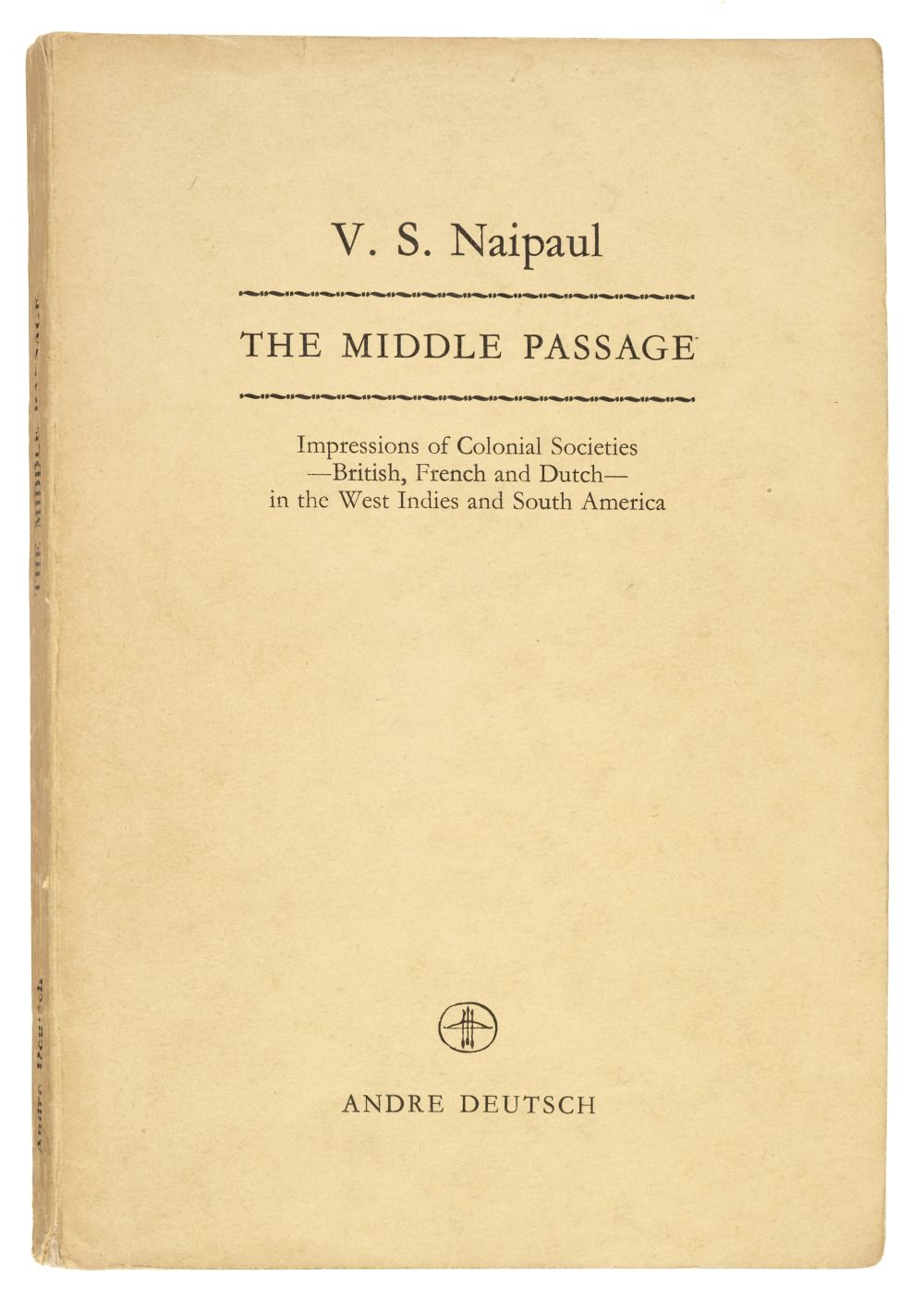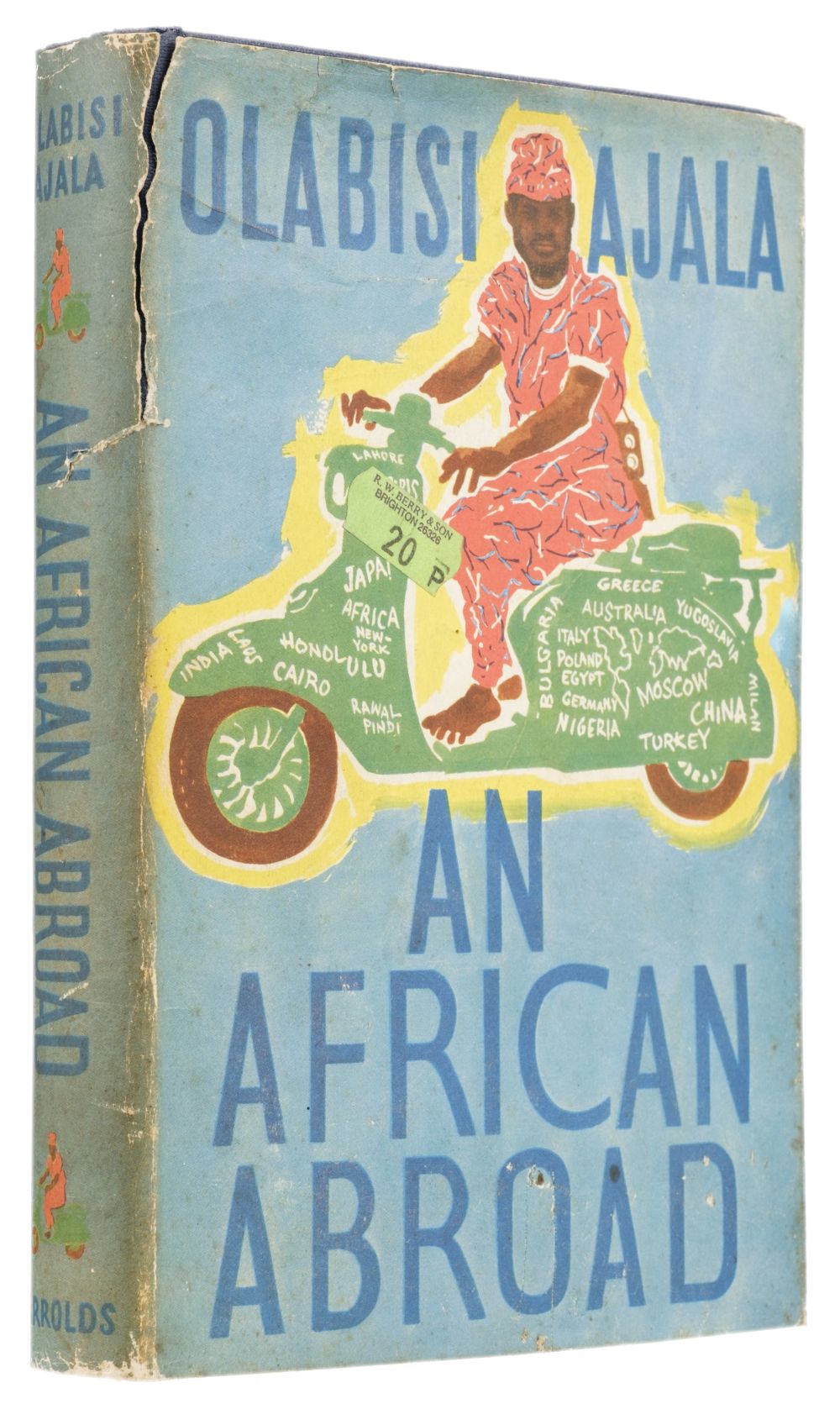Sedgley (Thomas, binder). The Holy Bible containing the Old Testament and the New, Newly Translated out of the original Tongues and with the Former Translations diligently Compared and Revised. By His Majesties special Command. Appointed to be read in Churches. London: Printed by Charles Bill and the Executrix of Thomas Newcomb deceas'd Printers to the Kings most Excellent Majestie, 1701, engraved general title by Sturt, letterpress New Testament title, Apocrypha present, some woodcut decorative initials, occasional minor spotting and marks, titles and borders ruled in red throughout the volume, Dutch gilt pink endpapers with foliate design, all edges gilt, fine contemporary mosaic binding of scarlet morocco by Thomas Sedgley, extremities rubbed with some wear in places, with joints split and loss to head and foot of spine, some surface losses to spine and covers (particularly to the former), gilt roll decorated raised bands, compartments of spine and both covers densely decorated with a plethora of gilt decorated coloured onlays, forming strapwork designs filled with a profusion of gilt tools and rolls, including leaf sprays, fleurons, seedheads, grotesque face tool, tulip, carnation, and sunflower tools, Tudor roses, etc, edges with seedhead roll, turn-ins with pelmet roll and triple fillets, thick folio (52.5 x 34 cm) (Quantity: 1) Herbert 868. This edition of the Bible is understood to have been supervised by William Lloyd, Bishop of Worcester. The text, printed in large type, fills 1456 pages. Besides the revised marginal dates and chronological Index, the book contains a long note on Jewish Weights and Measures, etc., compiled by Richard Cumberland (1631-1718), Bishop of Peterborough, whose essay on this subject, dedicated to his friend Samuel Pepys (as President of the Royal Society), appeared in 1686. This matter is sometimes appended, with other tables, to subsequent editions of the Bible. In this edition the date of the Nativity is taken as the central event in history, and apparently for the first time in an English Bible the years are reckoned as either 'Before Christ' or 'Anno Domini.' It should be noted that this chronology of the 1701 London folio (since reproduced in most editions of the King James' version) and inserted without any authority in English Bibles for the last two centuries, was based on the Annales Veteris et Novi Testamenti (1650-54), compiled by the James Ussher (1581-1656), Archbishop of Armagh. John Lewis (A complete history of the several translations of the Holy Bible and New Testament into English, 3rd edition, 1818, p. 350) states that this Bible was included among those condemned by the Lower House of Convocation in 1703 for their gross errors (Herbert). Unmistakably the work of Thomas Sedgley (1684-1761), this magnificent mosaic binding - which stylistically bears all the hallmarks of Sedgley's best work - incorporates a number of tools found on other bindings known to be by his hand, such as a wheel of five leaves revolving around its centre and a tulip tool (see number 138 in Maggs, Bookbinding in the British Isles, Catalogue 1075, Part I). It also utilises a highly distinctive grotesque face tool, illustrated in John P. Chalmers's article 'Thomas Sedgley Oxford Binder' in The Book Collector, Autumn 1977, pp.353-370 (number 45). This tiny tool, very like a gargoyle head, is easily overlooked, and its inclusion on this sacred tome is likely to be a kind of private jest on the part of the binder. Chalmers illustrates a mosaic binding by Sedgley similar to ours, on a 1715 Book of Common Prayer, belonging to All Souls College, Oxford. Another such is number 59 in Howard Nixon's Five Centuries of English Bookbinding, covering the dedication copy of John Theobald's Albion, printed in Oxford in 1720 (British Library C.27.f.10). Nixon notes that the Theobald "forms one of a small group of mosaic bindings, sharing the same coloured interlacing strapwork and the same unusual leaf tools, which se
Sedgley (Thomas, binder). The Holy Bible containing the Old Testament and the New, Newly Translated out of the original Tongues and with the Former Translations diligently Compared and Revised. By His Majesties special Command. Appointed to be read in Churches. London: Printed by Charles Bill and the Executrix of Thomas Newcomb deceas'd Printers to the Kings most Excellent Majestie, 1701, engraved general title by Sturt, letterpress New Testament title, Apocrypha present, some woodcut decorative initials, occasional minor spotting and marks, titles and borders ruled in red throughout the volume, Dutch gilt pink endpapers with foliate design, all edges gilt, fine contemporary mosaic binding of scarlet morocco by Thomas Sedgley, extremities rubbed with some wear in places, with joints split and loss to head and foot of spine, some surface losses to spine and covers (particularly to the former), gilt roll decorated raised bands, compartments of spine and both covers densely decorated with a plethora of gilt decorated coloured onlays, forming strapwork designs filled with a profusion of gilt tools and rolls, including leaf sprays, fleurons, seedheads, grotesque face tool, tulip, carnation, and sunflower tools, Tudor roses, etc, edges with seedhead roll, turn-ins with pelmet roll and triple fillets, thick folio (52.5 x 34 cm) (Quantity: 1) Herbert 868. This edition of the Bible is understood to have been supervised by William Lloyd, Bishop of Worcester. The text, printed in large type, fills 1456 pages. Besides the revised marginal dates and chronological Index, the book contains a long note on Jewish Weights and Measures, etc., compiled by Richard Cumberland (1631-1718), Bishop of Peterborough, whose essay on this subject, dedicated to his friend Samuel Pepys (as President of the Royal Society), appeared in 1686. This matter is sometimes appended, with other tables, to subsequent editions of the Bible. In this edition the date of the Nativity is taken as the central event in history, and apparently for the first time in an English Bible the years are reckoned as either 'Before Christ' or 'Anno Domini.' It should be noted that this chronology of the 1701 London folio (since reproduced in most editions of the King James' version) and inserted without any authority in English Bibles for the last two centuries, was based on the Annales Veteris et Novi Testamenti (1650-54), compiled by the James Ussher (1581-1656), Archbishop of Armagh. John Lewis (A complete history of the several translations of the Holy Bible and New Testament into English, 3rd edition, 1818, p. 350) states that this Bible was included among those condemned by the Lower House of Convocation in 1703 for their gross errors (Herbert). Unmistakably the work of Thomas Sedgley (1684-1761), this magnificent mosaic binding - which stylistically bears all the hallmarks of Sedgley's best work - incorporates a number of tools found on other bindings known to be by his hand, such as a wheel of five leaves revolving around its centre and a tulip tool (see number 138 in Maggs, Bookbinding in the British Isles, Catalogue 1075, Part I). It also utilises a highly distinctive grotesque face tool, illustrated in John P. Chalmers's article 'Thomas Sedgley Oxford Binder' in The Book Collector, Autumn 1977, pp.353-370 (number 45). This tiny tool, very like a gargoyle head, is easily overlooked, and its inclusion on this sacred tome is likely to be a kind of private jest on the part of the binder. Chalmers illustrates a mosaic binding by Sedgley similar to ours, on a 1715 Book of Common Prayer, belonging to All Souls College, Oxford. Another such is number 59 in Howard Nixon's Five Centuries of English Bookbinding, covering the dedication copy of John Theobald's Albion, printed in Oxford in 1720 (British Library C.27.f.10). Nixon notes that the Theobald "forms one of a small group of mosaic bindings, sharing the same coloured interlacing strapwork and the same unusual leaf tools, which se















Testen Sie LotSearch und seine Premium-Features 7 Tage - ohne Kosten!
Lassen Sie sich automatisch über neue Objekte in kommenden Auktionen benachrichtigen.
Suchauftrag anlegen